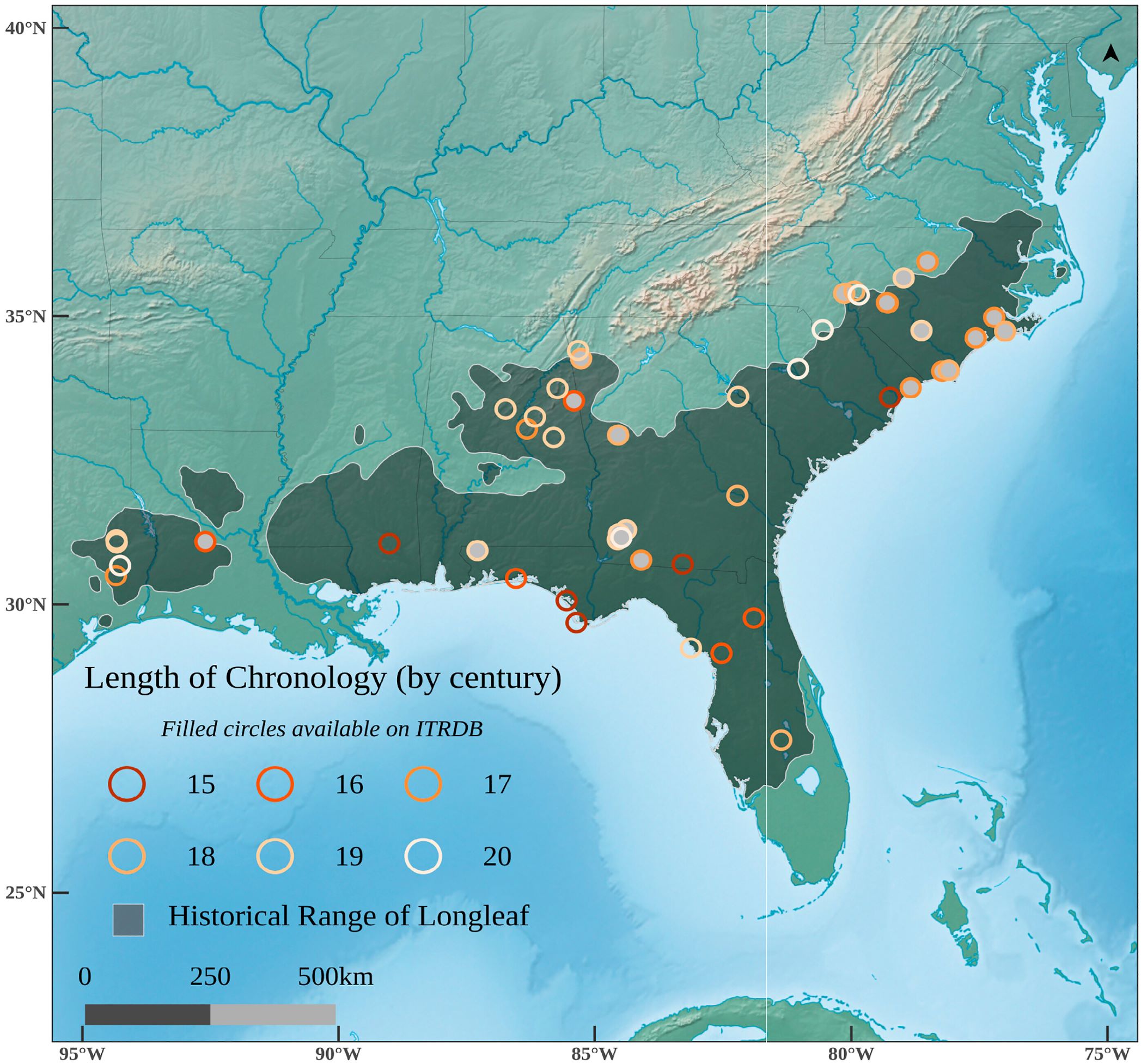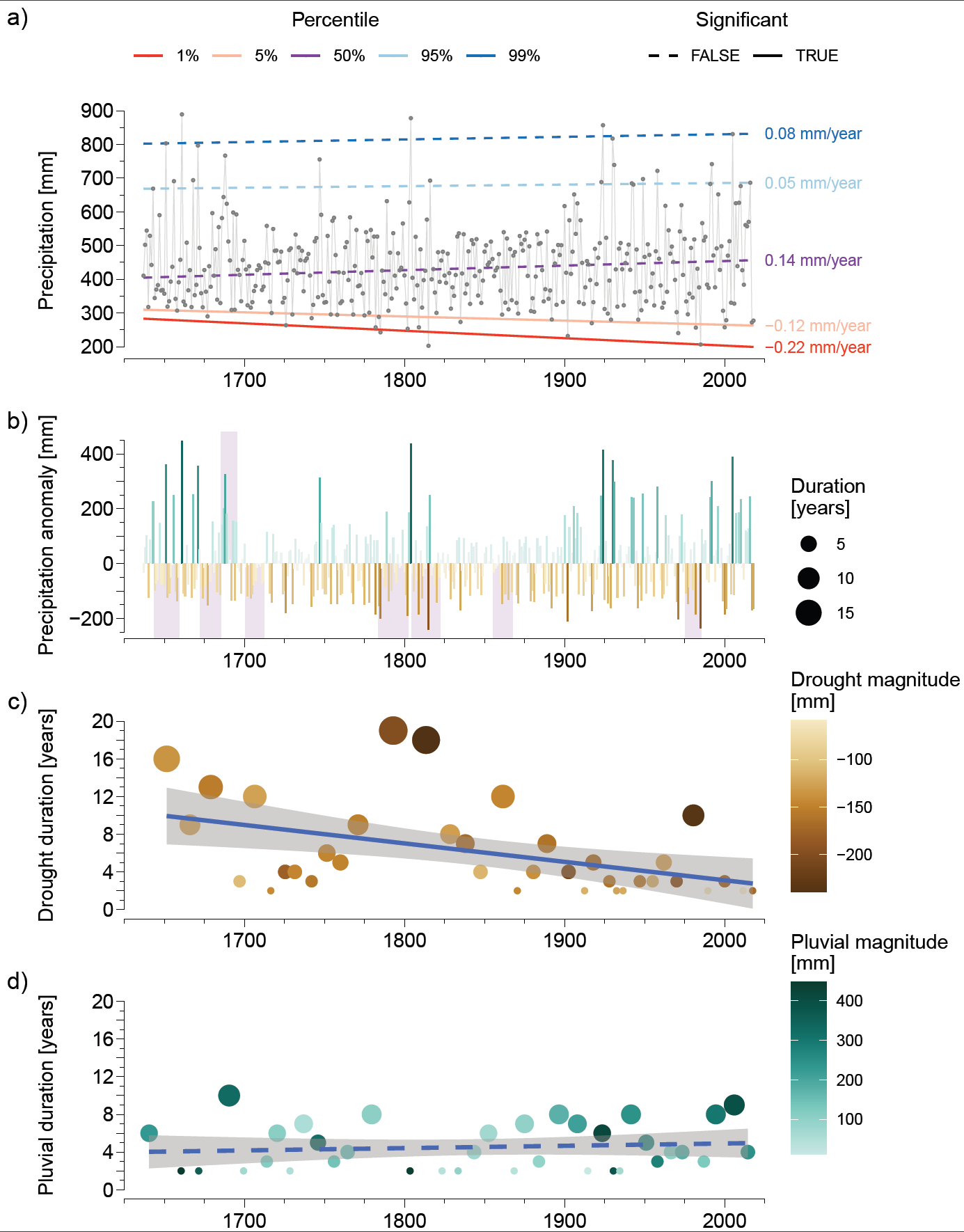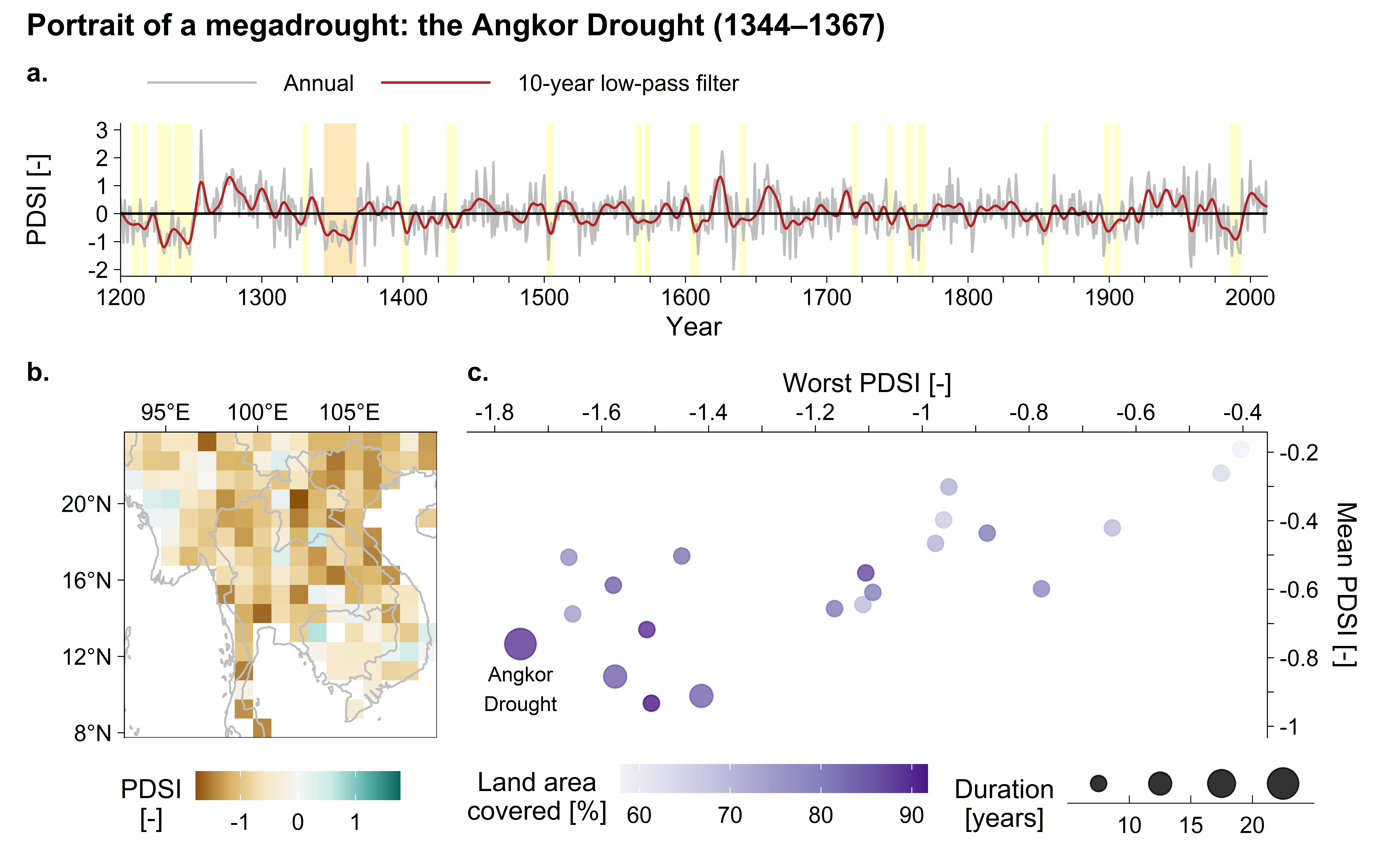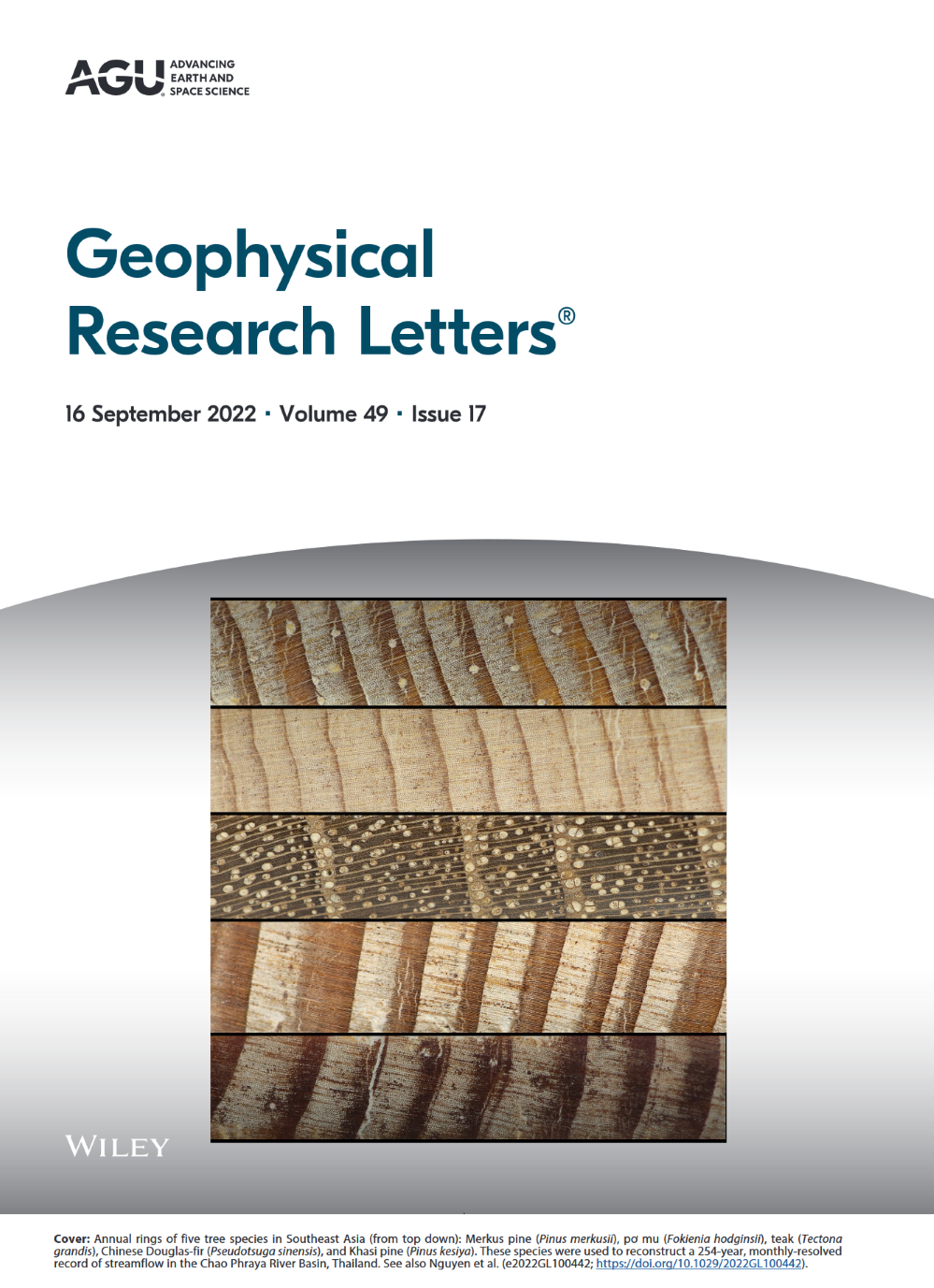Publications
(*) denotes I’m a corresponding author.
2023 Alberto Montanari, Hung T.T Nguyen , Sara Rubinetti, Serena Ceoloa, Stefano Galelli, Angelo Rubino, & Davide Zanchettin. Science Advances .
We show that the 2022 Po River drought is the worst in over two centuries, and it is not an isolated events, but part of a trend, due to declining snowmelt, declining snow fraction, and increasing irrigation.
This paper originated from
a tweet !
Benjamin Henley, Rory Nathan, Murray Peel, Thomas McMahon, Natasha Ballis, Benjamin Cook, Martin Hanel, Nerilie Abram, & Hung T. T. Nguyen
Manuscript under consideration with Water Resources Research . Grant Harley et al., including Hung T.T. Nguyen . Progress in Physical Geography: Earth and Environment
2022 Nasrullah Khan, Hung T.T. Nguyen (*) , Stefano Galelli, & Paolo Cherubini. Geophysical Research Letters 49 (24)
Tam Van Nguyen, Hung T.T Nguyen (*) , Vinh Ngoc Tran, Manh-Hung Le, Binh Quang Nguyen, Hung Thanh Pham, Tu Hoang Le, Doan Van Binh, Thanh Duc Dang, Hoang Tran, & Hong Xuan Do (*)
The relationship between model skills for streamflow and evapotranspiration is explored using a stochastic approach
The value of remotely sensed evapotranspiration for streamflow estimation varies with regions, satellite products, and performance indices
The probability of having good model skill for streamflow does not always increase with increasing model skill for evapotranspiration
Benjamin Cook et al., including Hung T.T. Nguyen . Nature Reviews Earth & Environment
We suggest that the term “megadroughts” be reserved for “persistent, multi-year drought events that are exceptional in terms of severity, duration, or spatial extent when compared to other regional droughts during the instrumental period or the Common Era”.
Past megadroughts caused major ecological and societal disturbances over the last two millennia and were forced primarily by persistent ocean states, with possible secondary contributions from internal atmospheric variability, volcanic and solar forcing, and land–atmosphere interactions.
Some of the most active megadrought regions in the past are also areas where anthropogenic climate change is projected to increase future drought risk through declines in precipitation, increases in evaporative demand, and/or changes in plant water use.
Megadroughts have the potential to substantially strain modern water-management systems, although understanding of the risks of such events, and their ultimate impacts, is still limited by imperfect knowledge of past and future megadrought dynamics.
Hung T.T. Nguyen (*) , Stefano Galelli, Chenxi Xu, & Brendan Buckley. Geophysical Research Letters 49 (17)
Monthly-resolved reconstructions of streamflow across the Chao Phraya River Basin are produced from ring widths and δ18 O
Droughts and pluvials across the Chao Phraya show both coherence and heterogeneity in time and space
The reconstruction reveals the spatiotemporal variability of wet season timing
2021 A. F. M. Kamal Chowdhury, Thanh Duc Dang, Hung T. T. Nguyen , Rachel Koh, & Stefano Galelli
Extreme weather events doom long-distance power transfers between Laos and Thailand to temporary failures
Regional droughts increase power production costs and CO2 emissions by about US$ 120 million and 2.5 million metric tonnes per year
The influence of El Niño Southern Oscillation trickles down from summer monsoon to power system behavior
News
Hung T.T. Nguyen (*) , Stefano Galelli, Chenxi Xu, & Brendan Buckley. Water Resources Research 57 (8)
Stefano Galelli, Hung T.T. Nguyen , Sean Turner, & Brendan Buckley. Journal of Water Resources Planning and Management 147 (8)
Dendrohydrology dates back to Hardman and Reil (1936)—the first streamflow reconstruction from tree rings. Since then, streamflow records have been reconstructed worldwide, but streamflow reconstructions still see limited use in operational water management.
We point out the gaps between the dendrochronology and hydrology communities and suggest the way forward.







